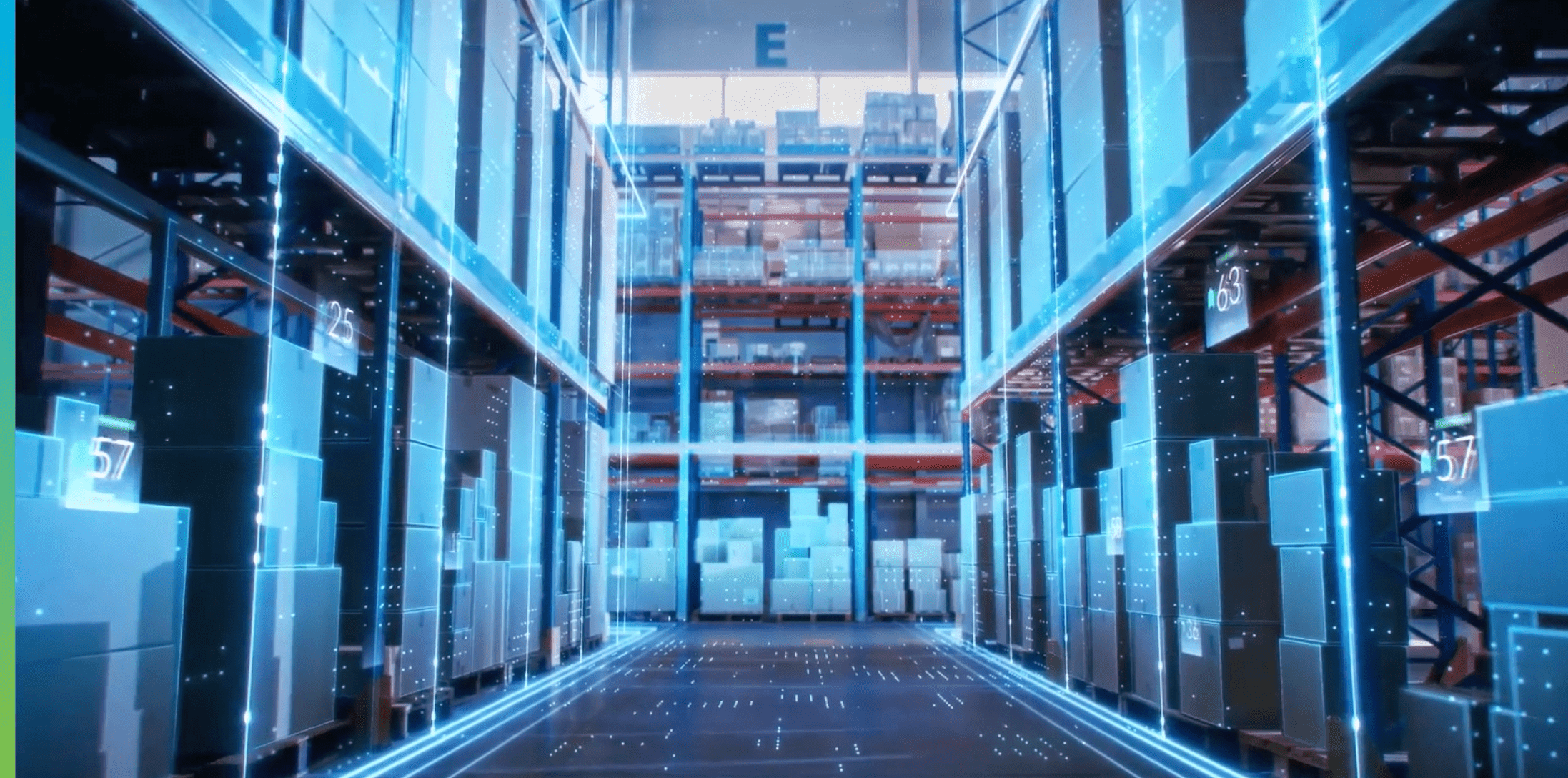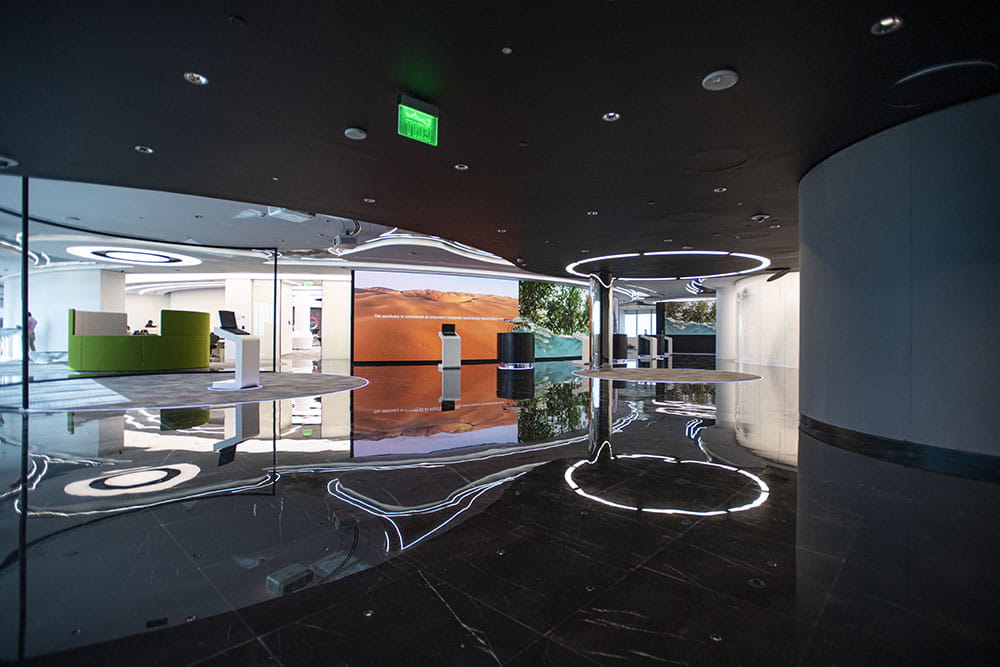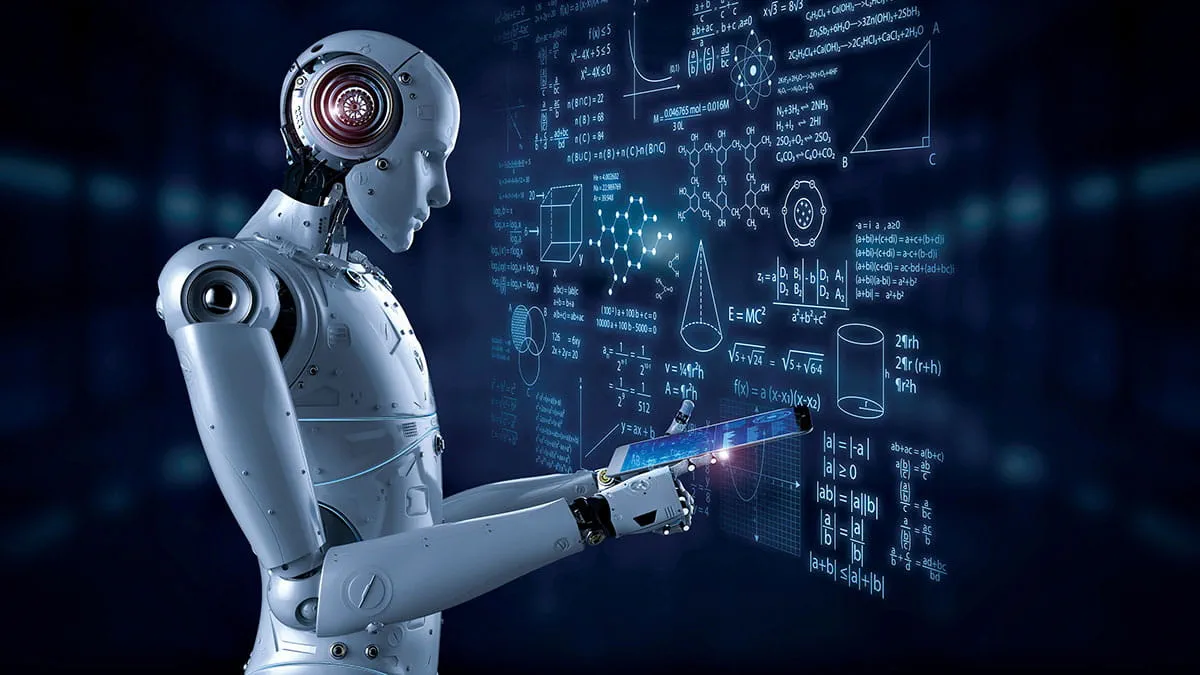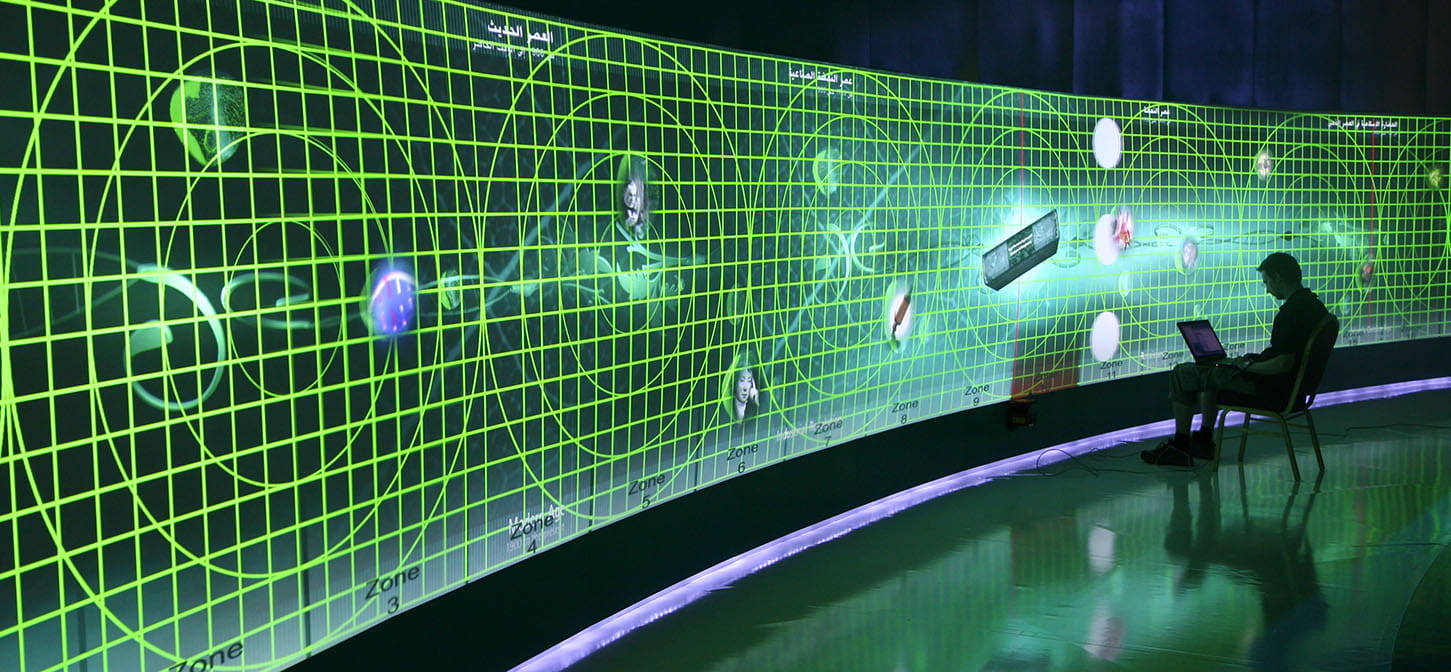
Digitalization
Our Digital Transformation program enables us to utilize the latest breakthroughs in digital technology so we can deliver tomorrow’s energy more safely, efficiently, and sustainably. Key to our vision is how we foster digital innovation, partner with leading technology companies and research institutions, and invest in the digital skills of our own workforce. Our aim is to be the world’s leading digitalized energy company.
What is digitalization?
Technologies of the Fourth Industrial Revolution (4IR) are reshaping the global economy, including energy. By employing a variety of cutting-edge technologies — from artificial intelligence (AI), Big Data and analytics, to unmanned vehicles (UVs), blockchain and the Internet of Things (IoT) — businesses can benefit from data-led insights, respond in real-time to new challenges, and boost efficiency and productivity. Together, these 4IR technologies are transforming the world of work.
Digitalization and the future of energy
For over a century, oil and gas has played a vital role in the economic transformation of the world, but the industry is on the cusp of a new era. Digital transformation can deliver increased operational efficiency and workplace safety, as well as minimize the carbon footprint of the industry.
What are we doing?
We want to be the leading digitalized energy company. We're deploying digitalization solutions that meet the world’s energy needs while minimizing the carbon footprint of our activities; reducing CO2 emissions, enhancing fuel efficiency, conserving water, and creating next-generation materials that make consumer products lighter and stronger.
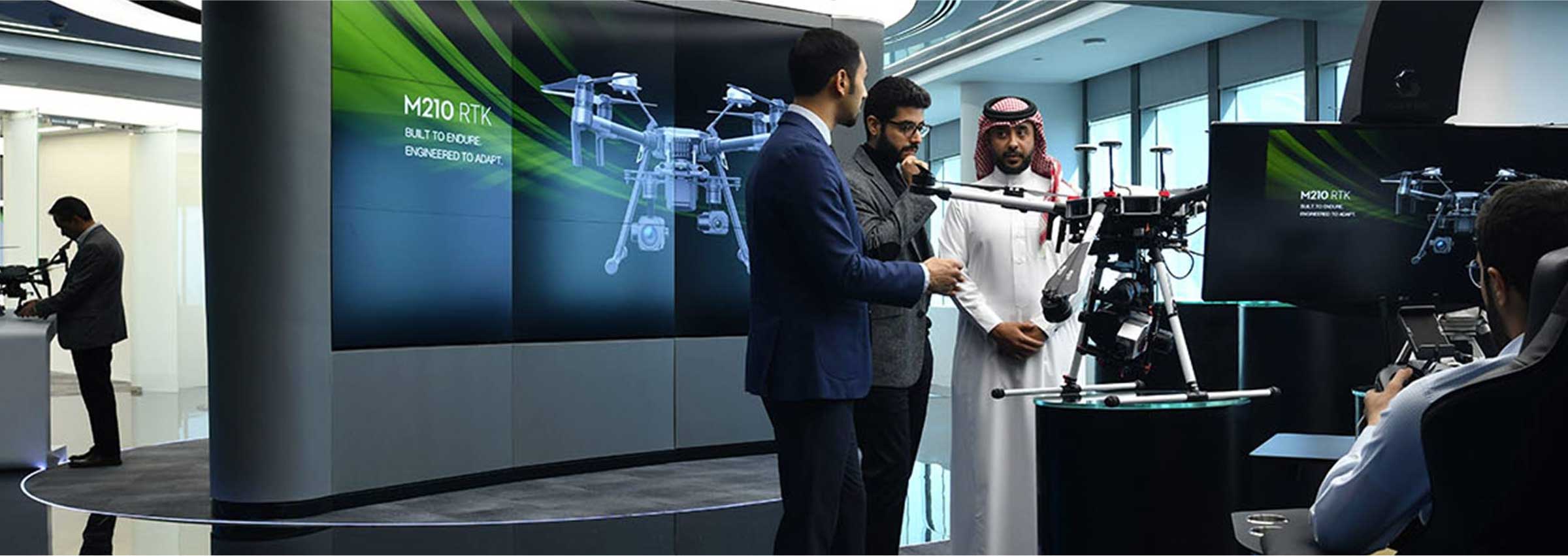
Saudi Aramco's Fourth Industrial Revolution (4IR) Center
We are achieving this through our dedicated digital innovation centers, which all play a significant role in our Digital Transformation. From supporting the development of new digital technologies, to providing the environment and resources necessary for innovators and entrepreneurs to develop new digital solutions, our digital innovation centers are bringing forward digital technology capabilities and helping us to realize our digitalization ambitions.
